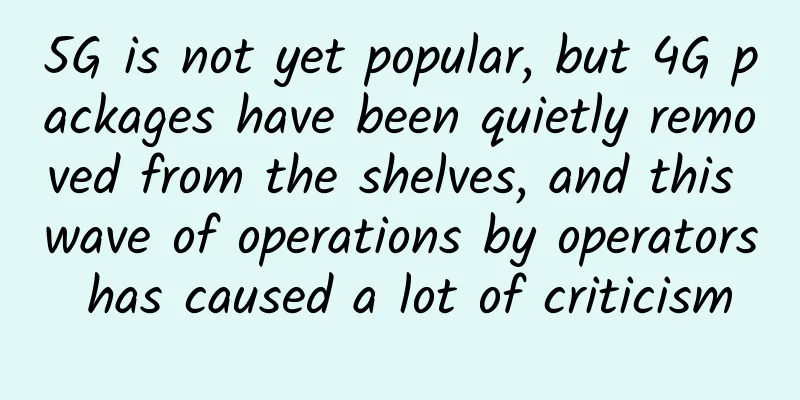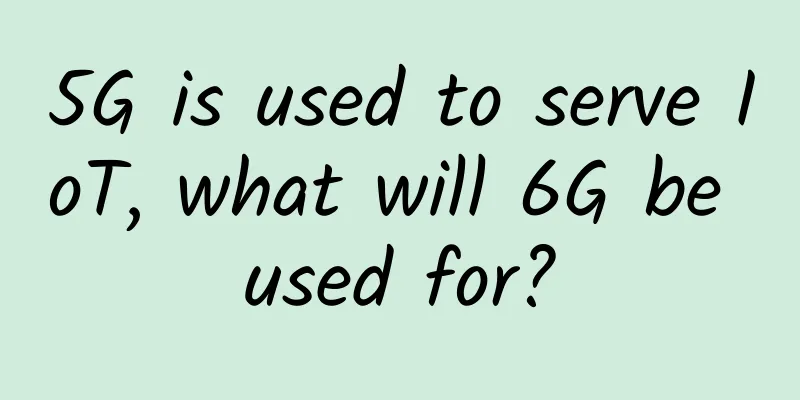What is the difference between SNMP Trap and Syslog?

|
System administrators use Syslog or SNMP Trap for monitoring. Both standards provide very similar monitoring information, but with different functions. Syslog can be used as a troubleshooting tool and is used when logs are needed for investigation. Although Syslog can be used for real-time summaries, it is usually only used for quick historical events. SNMP Traps can be used for device-based events. It provides real-time information and allows for better management. In most cases, using a combination of the two is the best solution depending on the specific situation. What is Syslog? Syslog is a message logging protocol used to exchange logs of different events from multiple devices. It consists of three parts: the Syslog device that generates logs, the Syslog relay that forwards the logs to the collector, and the Syslog collector (or server) that receives and stores the logs. The format of each log includes timestamp, host IP address, event message, severity, diagnostics, etc. Syslog allows you to choose the type of information captured. These logs can be anything from ACL events, configuration changes, authentication attempts, etc. The main function of Syslog is to collect logs for troubleshooting and monitoring. What is SNMP Trap? SNMP Trap is one of the five (Trap, Get, Get-Next, Get-Response, Set) event message types used by SNMP. SNMP Trap is generated by SNMP-enabled devices (agents) and sent to collectors (managers). SNMP Trap notifies SNMP managers in real time when important events occur. SNMP Trap uses thresholds configured on the agent. When an agent exceeds a threshold, an SNMP Trap is triggered and sent to the manager. SNMP Traps send data using numeric classes that are converted using SNMP MIBs (Management Information Bases). An SNMP manager does not request SNMP Traps, but can use SNMP Get messages (including other software) to poll information from an agent. The main function of SNMP Trap is to collect events in real time for management and monitoring. Similarities between Syslog and SNMP Trap Both are alert messages generated from remote devices and sent to a central collector; both provide similar "monitoring" information; both act on demand, and are not solicited. Difference between Syslog and SNMP Trap In general, the SNMP protocol defines a method for remote monitoring and configuration through other types of messages. Syslog is just an alert mechanism (same as SNMP Trap), and Syslog does not define any standards for remote configuration. Syslog provides more detailed information in the log messages. Although not a standard, Syslog is often used for troubleshooting and debugging, while SNMP Traps are used for device management and reporting. Syslog Messages vs. SNMP MIB Requests: SNMP Get Request messages can be used to poll from the agent using the local MIB. Syslog cannot be used to poll for information. |
<<: IDC: Global Ethernet switch and router markets mixed in the second quarter
>>: 5G! Your future is unimaginable
Recommend
10gbiz: Hong Kong/Los Angeles CN2 GIA line VPS 40% off $2.36/month, Hong Kong/Japan dedicated server 15% off first month starting at $27.43
10gbiz released a September discount plan, provid...
Linkerd 2.10 (Step by Step)—Install Multi-Cluster Components
[[406693]] The Linkerd 2.10 Chinese manual is bei...
Cloud computing has dominated network infrastructure for many years, and it’s time for the 5G era to usher in the next chapter!
[[262785]] Technavio predicts that the applicatio...
[11.11] Tencent Cloud 2C2G4M cloud server starts at only 50 yuan/year, 2C4G6M cloud server only 100 yuan/year
Tencent Cloud has launched this year's 11.11 ...
Where is the entrance to 5G message service? You may not think of it
Since the Ministry of Industry and Information Te...
Investigating the environmental and social impacts of 5G technology
The emergence of 5G technology has the potential ...
Kunpeng spreads its wings and Zhejiang has great potential. The briefing session of Kunpeng Application Innovation Competition 2020 (Zhejiang Division) was a complete success!
On the afternoon of July 31, 2020, the Kunpeng Ap...
Comparison of 5G tariffs in China and South Korea: Which country’s users are the happiest?
Globally, South Korea was the first country to co...
Make network management more efficient! Quickly scan the LAN and obtain IP and MAC addresses in real time
Have you ever received a network failure alert la...
How Huawei builds an enterprise-level development platform
Today, cloud computing is penetrating into all wa...
127.0.0.1 and localhost, how to choose?
In actual development, we often use 127.0.0.1 and...
How Should Operators Carry Out Cross-industry Integration?
According to the information disclosed by the 201...
What are the risks encountered when migrating a data center and how to deal with them?
When an enterprise develops to a certain extent, ...
DiyVM: Hong Kong/Japan/Los Angeles data center CN2 line VPS monthly payment starts from 50 yuan
You may think that the price starting from 50 yua...
4G has not been retired yet, but the global 5G network speed has begun to shrink: down by 39%. What do you think?
Have you used 5G? How does the network speed feel...









